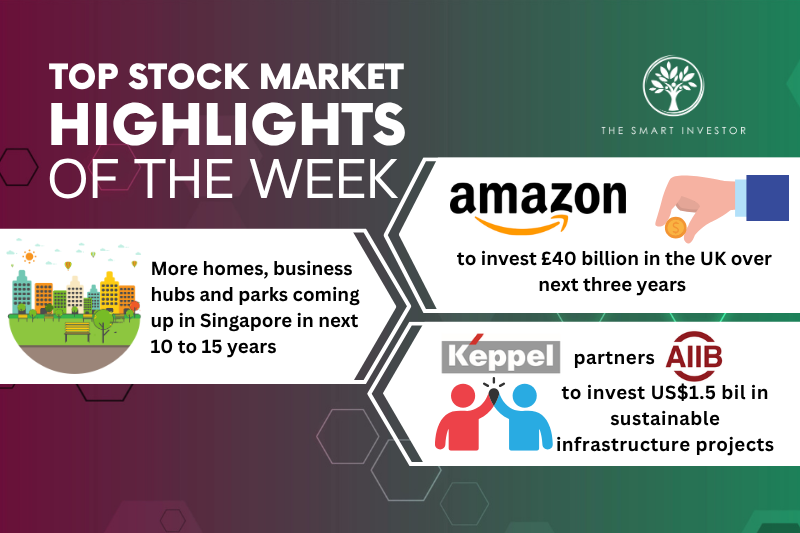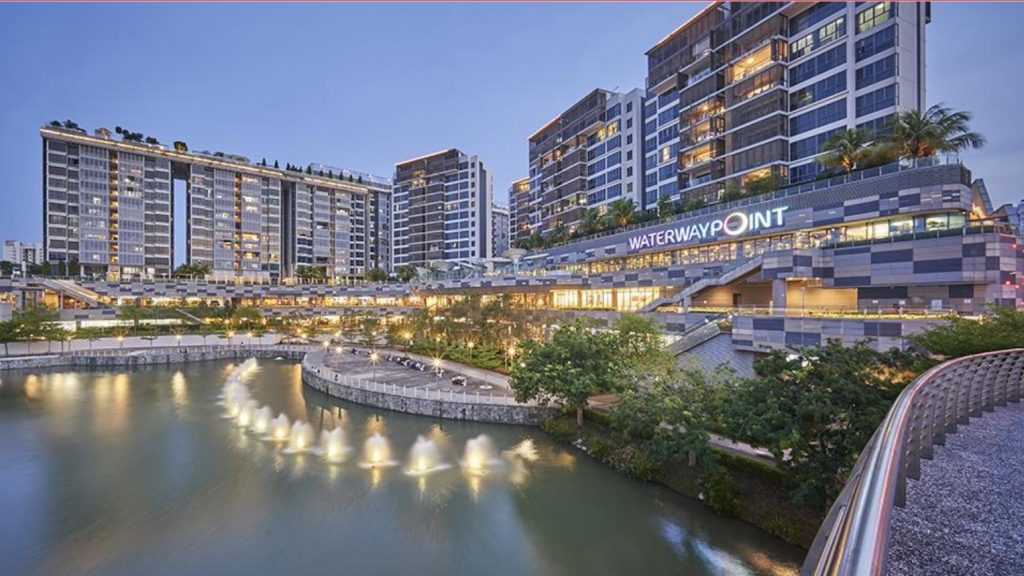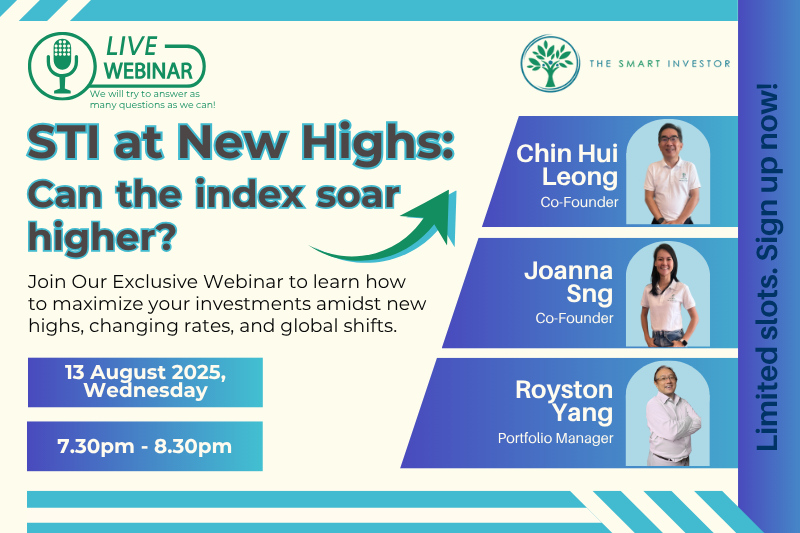Welcome to this week’s edition of top stock market highlights.
Amazon (NASDAQ: AMZN)
Amazon has announced a £40 billion investment in the UK over the next three years.
The e-commerce behemoth intends to build new warehouses and upgrade its existing operations within the country.
The money will be spent on building four new fulfilment centres, which are large warehouses that the company uses to prepare its orders for deliveries.
This announcement was lauded by the British government as it sought to court investments from the major technology players to boost domestic growth and productivity.
The UK saw its economy contract by 0.3% in April 2025 as a combination of President Trump’s trade tariffs and domestic tax increases kicked in.
Amazon said that these investments will create 2,000 new positions for a fulfilment centre near Hull and another 2,000 jobs for a site in Northampton.
The company also plans to open two new buildings at its corporate headquarters in London while improving its transportation infrastructure to support its logistics operations in the UK.
This investment is a win for the British government and follows last year’s announcement by Amazon that it will invest £8 billion over five years to build and operate data centres in the UK.
Singapore’s Draft Master Plan 2025
Minister for National Development Chee Hong Tat unveiled Singapore’s draft master plan 2025.
This plan showcases Singapore’s land-use blueprint for the next 10 to 15 years and gives a glimpse of what’s to come.
The plan centres around four key themes – shaping a healthy, happy city, enabling sustainable growth, strengthening urban resilience, and stewarding Singapore’s nature and heritage.
New homes and neighbourhoods will be introduced in areas such as Newton, Paterson, and Greater One-North.
These include mixed-use developments featuring retail, food and beverage, offices, and residential units located near MRT stations such as Orchard and Newton.
The redevelopment of the Paya Lebar Air Base area will also begin with a new Defu neighbourhood situated beside the airbase.
Other new housing estates are planned for the Sembawang Shipyard area after its operations cease in 2028, the former Racecourse at Kranji, and the Greater Southern Waterfront.
To support Singapore’s ageing population, assisted-living options and active ageing centres will be provided across more neighbourhoods.
To foster more community interactions and enable easier access to multiple services, new integrated community hubs will be added in towns such as Woodlands, Yio Chu Kang, and Sengkang.
These hubs will house sports, recreational, healthcare, and retail facilities.
Meanwhile, more than 25 parks and 50 km of park connectors will be progressively completed in the next five years. The cycling network will also expand to 1,300 km.
Apart from these plans, the government will also conserve iconic buildings such as the NatSteel Steel Pavilion and the former Pasir Panjang English School.
Elsewhere, the Bendemeer and Potong Pasir areas will also see new parks and cycling paths built.
These new construction plans should benefit companies such as BBR (SGX: KJ5), Lum Chang (SGX: L19) and OKP Holdings (SGX: 5CF).
Supermarket operator Sheng Siong (SGX: OV8) should also benefit as it can bid for new shop spaces when new heartland neighbourhoods are built.
Keppel Ltd (SGX: BN4)
Keppel is partnering with the Asian Infrastructure Investment Bank (AIIB) to invest around US$1.5 billion in sustainable infrastructure projects.
This agreement was signed with AIIB to explore projects in sectors such as power transmission and distribution, renewable energy, digital infrastructure, and urban services.
The partnership will cover projects across the Asia Pacific region and last for an initial period of five years, ending in December 2030.
Both Keppel and AIIB will also share best practices and knowledge.
Keppel’s CIO and CEO of Fund Management, Christina Tan, believes that this partnership will help Keppel to accelerate Asia Pacific’s transition towards a more sustainable future.
Many investors think DeepSeek lowering AI costs means less revenue for tech companies. But that’s not the full story, and believing it could cost you. In our latest free report, we unpack a surprising insight from a top tech CEO who explains why lower AI costs may actually drive more tech spending, not less — and he’s got the numbers to prove it. If you’ve misunderstood this trend, you could miss out on some of the biggest investment opportunities. Click here now to access “How GenAI is Reshaping the Stock Market” today to get the full breakdown.
Follow us on Facebook, Instagram and Telegram for the latest investing news and analyses!
Disclosure: Royston Yang does not own shares in any of the companies mentioned.





